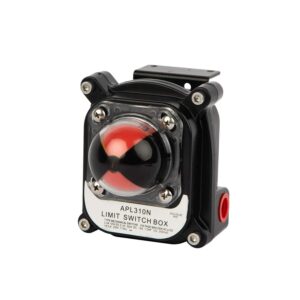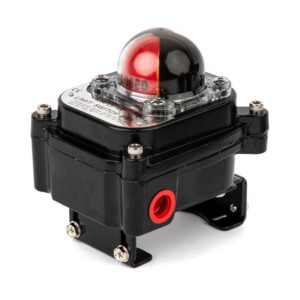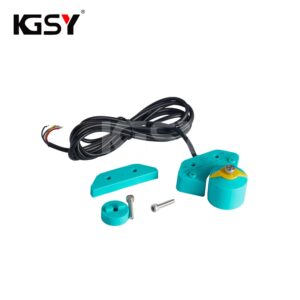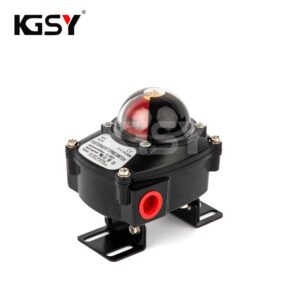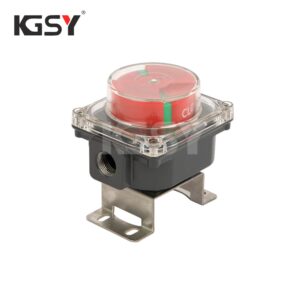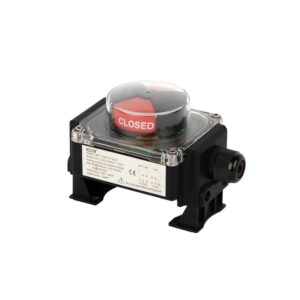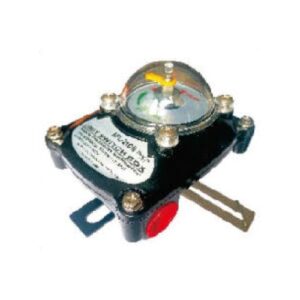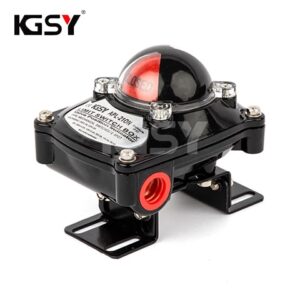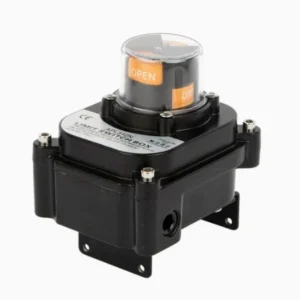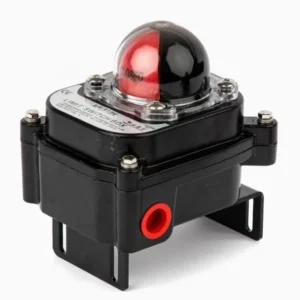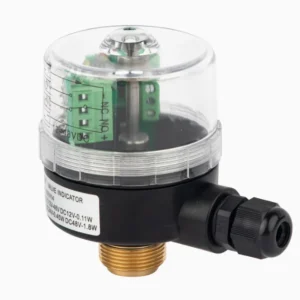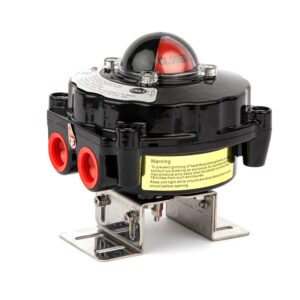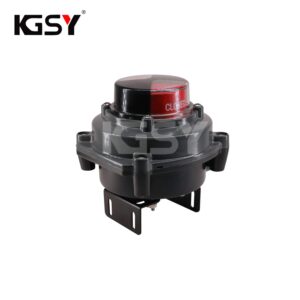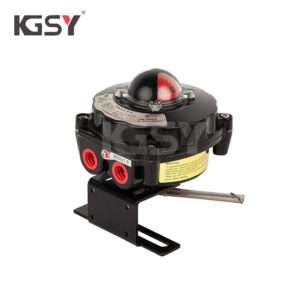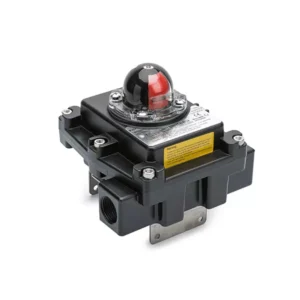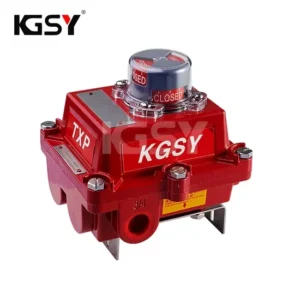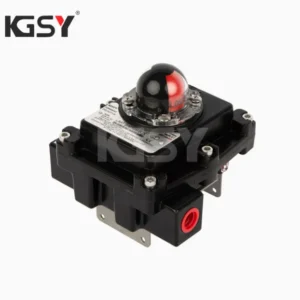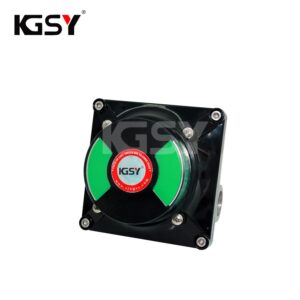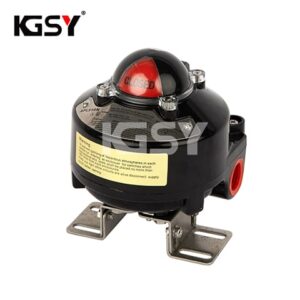Limit Switch Box
Showing 1–20 of 23 results
-
Limit Switch Box
APL-310
-
Limit Switch Box
APL-314
-
Limit Switch Box
DK-515
-
Limit Switch Box
DK1XX-SERIES
-
Limit Switch Box
DK200
-
Limit Switch Box
DK230
-
Limit Switch Box
DK2XX-L-SERIES
-
Limit Switch Box
DK2XX-SERIES
-
Limit Switch Box
DK310
-
Limit Switch Box
DK314
-
Limit Switch Box
DK7XX-SERIES
-
Limit Switch Box
DS3XX-A SERIES
-
Limit Switch Box
DS3XX-B SERIES
-
Limit Switch Box
DS3XX-LA SERIES
-
Limit Switch Box
DS4XX SERIES
-
Limit Switch Box
DS4XX-DXP SERIES
-
Limit Switch Box
DS4XX-KP SERIES
-
Limit Switch Box
DS4XX-TPX SERIES
-
Limit Switch Box
DS4XX-VPX SERIES
-
Limit Switch Box
DS5XX SERIES
A Limit Switch Box is an essential valve accessory used in automated valve systems. It provides position feedback by indicating whether a valve is open or closed, allowing operators or control systems to monitor the valve’s status remotely. These devices are widely used in process industries where accurate valve positioning and automation reliability are critical.
The primary function of a limit switch box is to detect and signal the position of a valve actuator. When mounted on top of a rotary or linear actuator, it senses whether the valve is in the fully open or fully closed position by using mechanical or electronic switches inside the housing.
When the valve changes position, cams or sensors inside the box trigger switches, sending digital signals to the control system (PLC, DCS, SCADA). This ensures real-time monitoring, safety, and efficient operation of automated valves.
Limit switch boxes are a vital component of valve automation systems, providing reliable, real-time position feedback for both rotary and linear valves. Choosing the right model—based on the application, environment, and signal type—ensures process reliability, system safety, and efficient plant operation.
Whether you’re working in a chemical plant, oil refinery, wastewater facility, or automated manufacturing line, selecting a quality limit switch box will significantly enhance the performance and intelligence of your valve system.
How Does a Limit Switch Box Work?
Here’s how a limit switch box works in a typical automated valve system:
The actuator rotates or moves the valve.
The shaft of the limit switch box turns with the actuator.
Inside the box, cams rotate and trigger internal switches or sensors.
These switches send electrical feedback signals (e.g., ON/OFF, OPEN/CLOSED) to the control panel or PLC.
Operators can monitor valve status remotely or configure alarms if the valve fails to open or close as expected.
🔍 Types of Limit Switch Boxes
1. Mechanical Limit Switch Box
Uses physical microswitches triggered by cam movement.
Durable and cost-effective.
Common for general-purpose applications.
2. Proximity Limit Switch Box
Uses inductive or magnetic sensors instead of mechanical contact.
Ideal for hazardous environments and longer life cycles.
Higher accuracy and non-contact detection.
3. Explosion-Proof / Flameproof Limit Switch Box
Certified for use in ATEX Zone 1/2, IECEx, or Class I Div 1/2 areas.
Heavy-duty sealed enclosures.
Used in oil & gas, petrochemical, and chemical industries.
4. Smart Limit Switch Box with Bus Communication
Equipped with fieldbus communication protocols like AS-i, Profibus, or FOUNDATION Fieldbus.
Offers diagnostics, remote configuration, and digital integration.
Common in advanced DCS/SCADA networks.
🏭 Common Industries Using Limit Switch Boxes
• Oil & Gas
• Petrochemical
• Power Plants
• Water & Wastewater Treatment
• Pharmaceutical
• Food & Beverage
• Steel & Cement
• Marine and Offshore
🔄 Compatible Valve Types
• Limit switch boxes are typically used with:
• Pneumatic actuated ball valves
• Butterfly valves
• Plug valves
• Diaphragm valves
• Linear control valves (with appropriate mounting hardware)
✅ Benefits of Using Limit Switch Boxes
• Remote valve monitoring without manual inspection
• Faster troubleshooting and alarm reporting
• Improved process safety and control
• Reduced downtime with real-time feedback
• Automation system integration for Industry 4.0
🧩 Installation & Mounting
Limit switch boxes are installed using standard mounting kits, often following NAMUR mounting standards. They are placed on top of valve actuators and connected to feedback wiring via gland entries or connectors.

